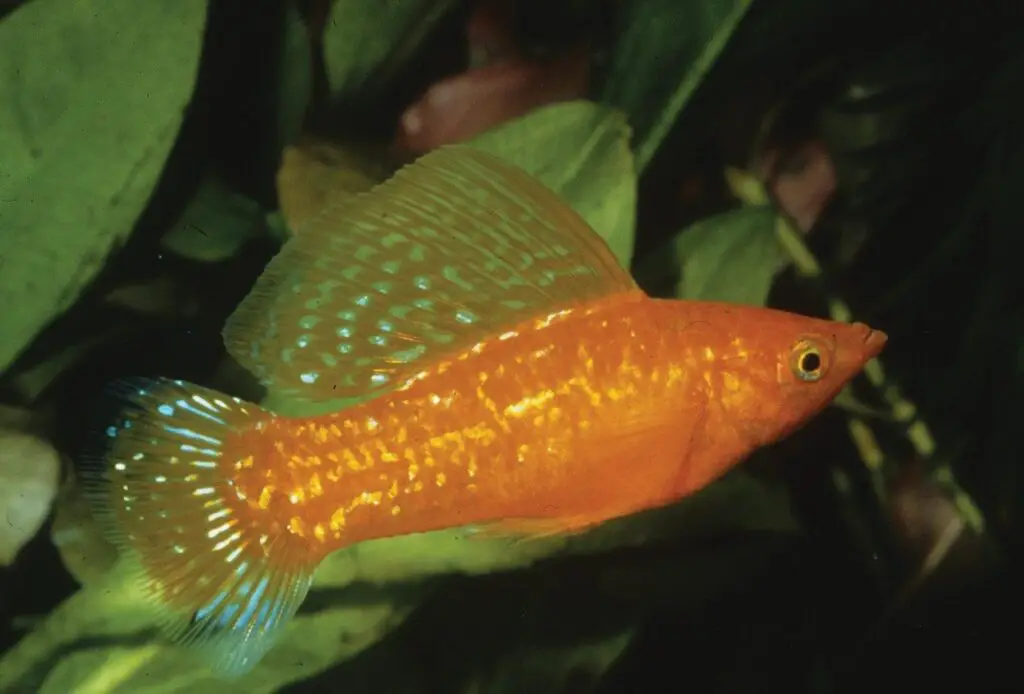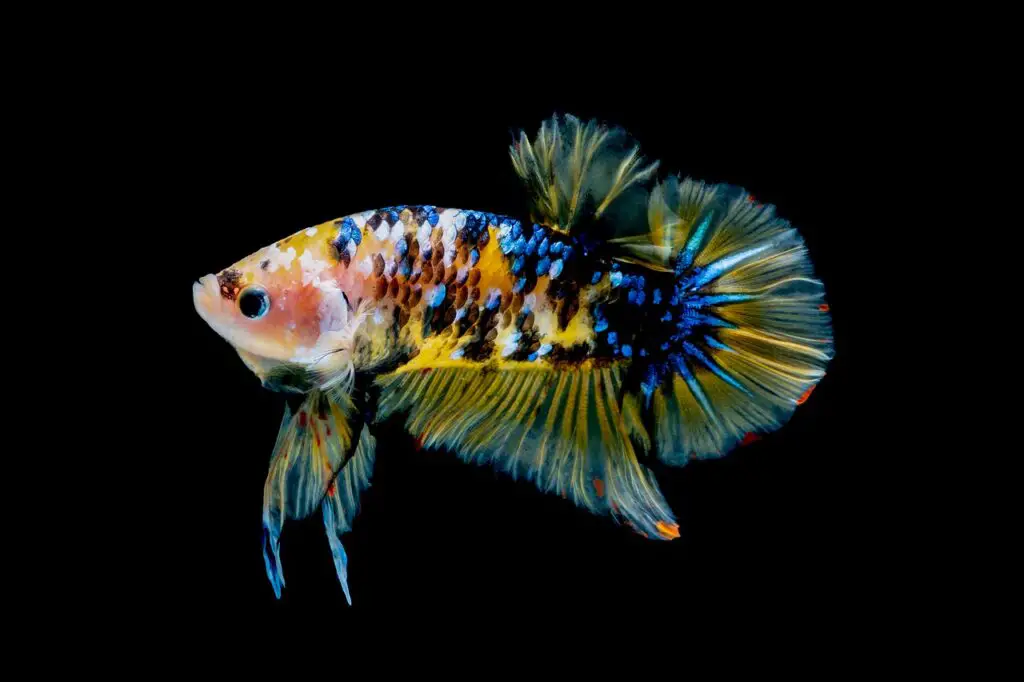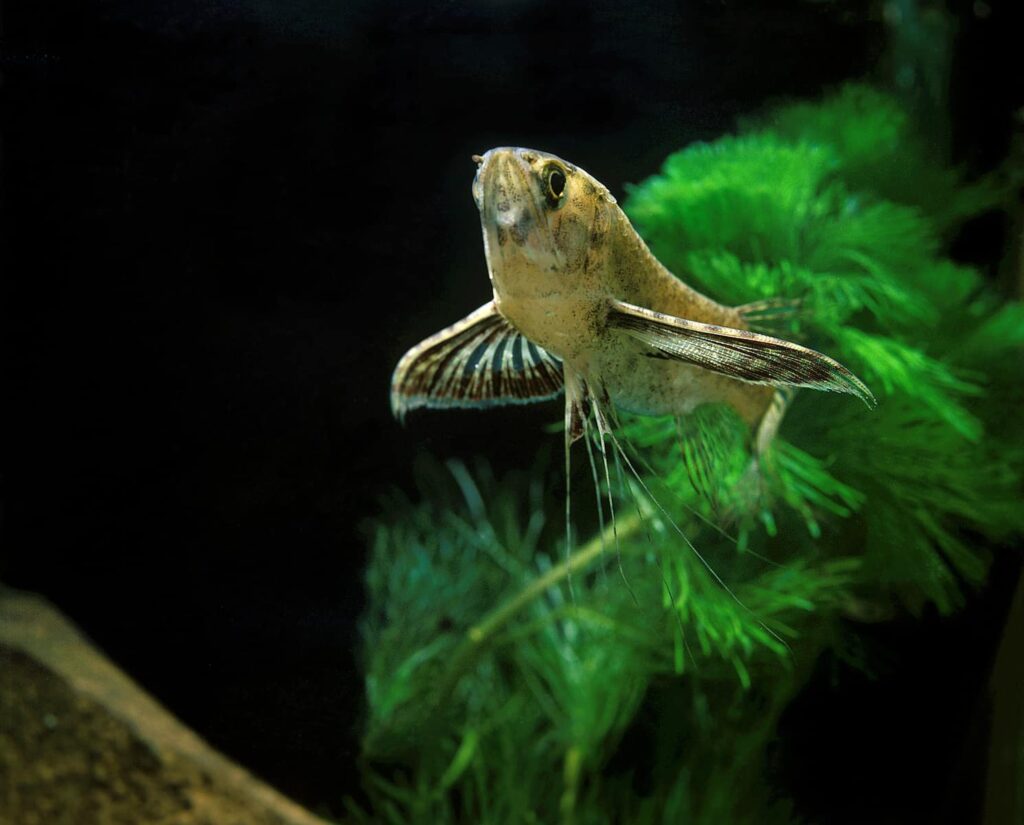A sailfin molly will definitely breed with a regular molly, and it isn’t as difficult as you may imagine to cross-breed these species. Sailfins are so named due to the triangular fin on their back – this resembles the shape of a sail on a boat. In every other respect the fish are the same, meaning that you can expect these fish to largely weigh and behave the same, as well as demand the same qualities from the water in your tank.
Sailfin mollies will breed with regular mollies, despite the fact that they are often seen as ‘specialised’ breeds. They tend to have the same disposition, and in the right conditions, you could expect hundreds of molly fry to arrive through a successful breeding plan. We have a little more information on this for you below.
Sailfin mollies exhibit interesting behaviors in the wild – some of which can restrict them from breeding with each other. As such, it’s not unheard of for sailfin mollies to breed outside their specific gene pool. However, as with other mollies, sailfins are at risk of eating their young if left alone with them for too long after birth. It’s normally a good idea to separate parents from children, therefore – and again, we will cover this in a little more detail below.
How long does it take for a sailfin molly to give birth?
Your sailfin molly can take a whole day to deliver her offspring. First time mothers generally take a little longer to release their offspring – in general, they don’t eject all their fry in one go, but release a few at a time. Sailfin mollies can produce babies after a pregnancy of between 30 and 40 days – meaning it shouldn’t take too long after breeding for you to start seeing young fish to emerge.
Again, as mentioned – be very careful leaving young fry alone with mother sailfins after birth. Unfortunately, they are likely to snack on their children – meaning that they should be housed in a separate tank, at least temporarily, until they are much older or larger. It’s highly unlikely mollies will eat each other when they are fully grown, at which point it’s safer to bring them together again.
You’ll normally find that sailfin mollies are ready to give birth when their stomachs are rounded, and they tend to be slower in swimming around. They’ll generally look for somewhere quiet and safe to give birth, and may even be slightly aggressive during the final days of the gestation. The best – and kindest – thing to do is to give them plenty of space. If you need to temporarily move other fish, try to do so without causing distress.
How many babies can a sailfin molly have?
Sailfin mollies are prolific breeders – they can produce up to 140 babies per year! However, they can sometimes deliver as few as 10 at a time – even the most observant molly keepers have been caught out from time to time! If you notice that your expectant sailfin molly may not be producing much young after pregnancy, it’s normally nothing to worry about.
An expectant sailfin can stall the delivery of some fry over time – so it may pay well to be patient during the process. As mentioned, it can generally take a day for a sailfin to fully deliver its children. Another explanation for smaller litters can be that uncovered filters can cause the sudden demise of offspring! If you have breeding pairs in your tank, it’s a good idea to cover your filter in foam to avoid offspring being sucked up and killed.
Sadly, experienced molly breeders are accustomed to losing a number of offspring – sad though it may seem, the reality is this can happen more often in the wild than in captivity! First-time fish keepers may be distraught if they find the few babies their sailfins deliver don’t make it to adulthood – but, given the fact that the sailfin reproduces so frequently, it’s likely you’ll be able to try and breed them again in no time.
How can you tell if a sailfin molly is male or female?
Sailfin molly females are usually bigger than males, and they have a different girth – they are usually much more rounded, and their round stomachs naturally expand during gestation. Female sailfin mollies are squatter and tend to be a little shorter than the males.
How can you tell if a sailfin molly is male or female from the fins, however? That’s easy – males tend to have longer fins than females, and what’s more, males are torpedo-shaped with flatter bodies. If one sailfin looks more streamlined than another in your tank, then it’s likely the former is a male, and the latter is a female. However, if you’re really unsure as to which is which, it’s a good idea to ask the opinion of a fish breeder or expert you adopt from.
It’s also possible to check closer at the physicality of a sailfin molly if the gender assumption is too close to call. If you check their anal fins, for example, you will see a major differences between the sexes. Males have thin tubular anal fins in alignment with their body, while females have triangular anal fins – believe it or not! Amongst experienced molly keepers, this tends to be the most confident way to assure you have males or females in your tank.
Finally, if you are still unsure, males tend to have stronger coloring in their scales compared to females. It’s important to be able to tell the difference between males and females if you are intent on breeding them – for obvious reasons! What’s more, as with many fish that you can keep in captivity, keeping too many males together can lead to territorial aggression, and maybe even a fight or two! Sailfin mollies probably won’t cause you much concern in this regard, however, be sure to keep a close eye on them wherever possible.



